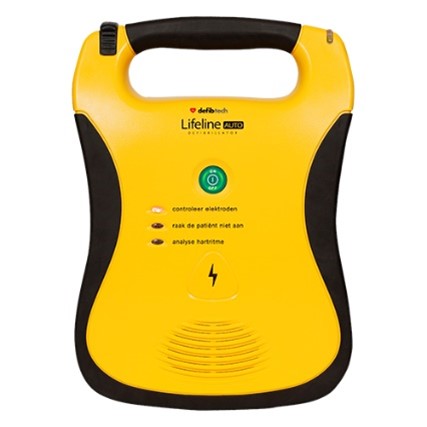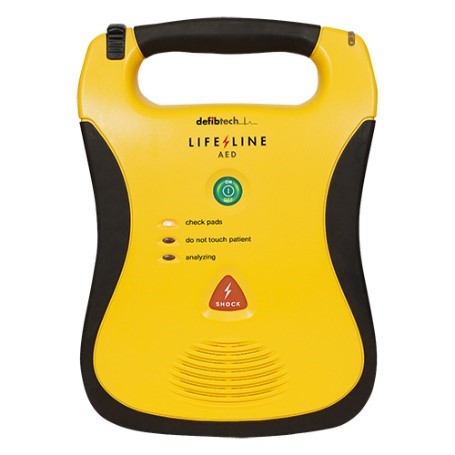Fully automatic or semi-automatic defibrillator?
Automated External Defibrillators (AEDs) can be the difference between life and death for someone experiencing sudden cardiac arrest. Defibrillators are portable devices designed to deliver an electric shock to the heart in case of sudden cardiac arrest. Most defibrillator suppliers offer fully automatic and semi-automatic defibrillators, but what is the difference? With the information provided here, you can understand the differences between fully automatic and semi-automatic defibrillators, allowing you to make an informed decision when selecting the best option for your needs.
Understanding the difference in shock delivery between fully automatic and semi-automatic defibrillators
The difference between fully automatic and semi-automatic defibrillators lies in how they deliver the shock. When the defibrillator detects a shockable rhythm, it begins charging to prepare for shock delivery. A fully automatic defibrillator will deliver the shock automatically and indicate completion. With a semi-automatic defibrillator, the rescuer has to manually administer the shock by pressing the flashing shock button. Understanding this distinction is essential in selecting the suitable defibrillator for emergencies.




The fully automatic in the left photo only has the green on-off button, the semi-automatic in the right photo also has the orange shock button in addition.
Advantages and disadvantages
Both fully automatic and semi-automatic defibrillator s have their advantages and disadvantages. The benefit of a fully automatic defibrillator is its ease of use, making it a good choice for inexperienced users or public areas. It's important to consider the safety of shock delivery with fully automatic defibrillators, as they may deliver the shock without the rescuer checking that nobody has physical contact with the victim. In contrast, semi-automatic defibrillators allow rescuers to quickly check for obstructions and ensure the victim's safety before manually administering the shock.
Choosing between a fully automatic or semi-automatic defibrillator
Based on our experience in ambulance rescue, we recommend considering a semi-automatic defibrillator for the following reasons:
- Familiarity: A semi-automatic is a popular choice for CPR and defibrillator training. This familiarity can help the rescuer feel more confident using the device during an emergency.
- Safety: Before administering the shock, the rescuer can manually check that no one has physical contact with the victim, which can prevent injury to both the victim and the rescuer.
- Availability and Cost: Semi-automatic defibrillators are more commonly available on the market and are generally slightly cheaper.
While fully automatic defibrillators have the advantage of requiring less manual action, it is important to consider the potential safety risks associated with automatic shock delivery. Ultimately, the decision between a fully automatic or semi-automatic defibrillator will depend on the specific needs and circumstances of the intended user and location.